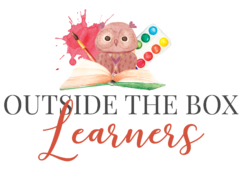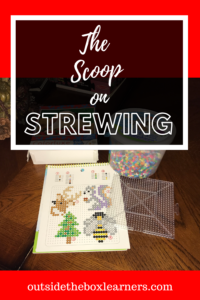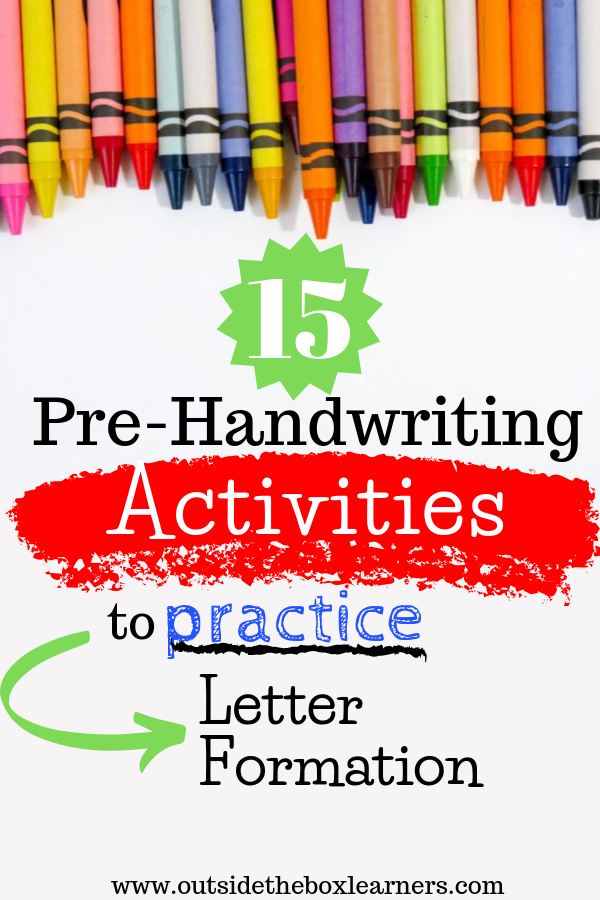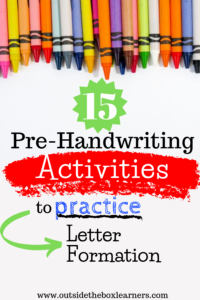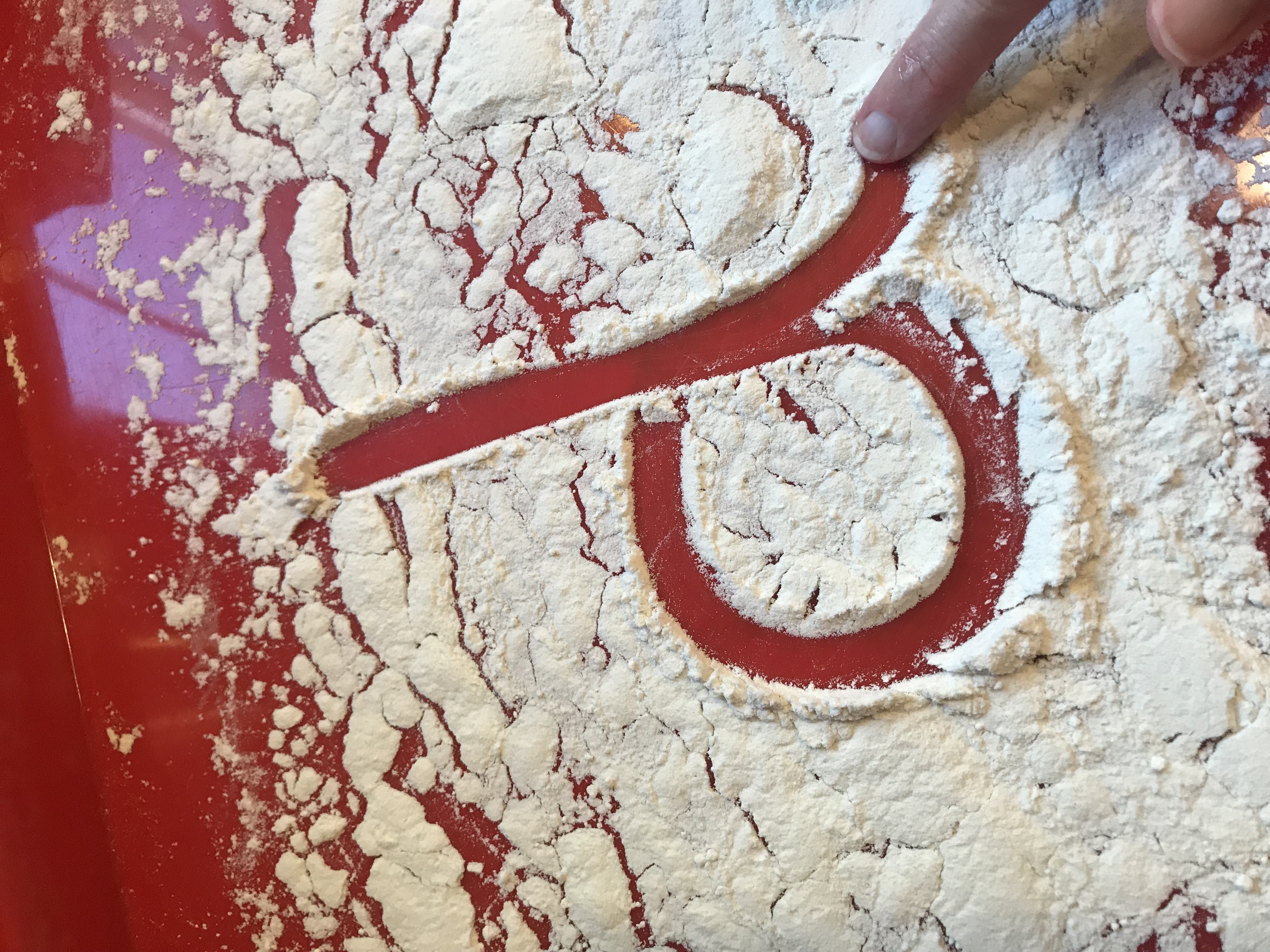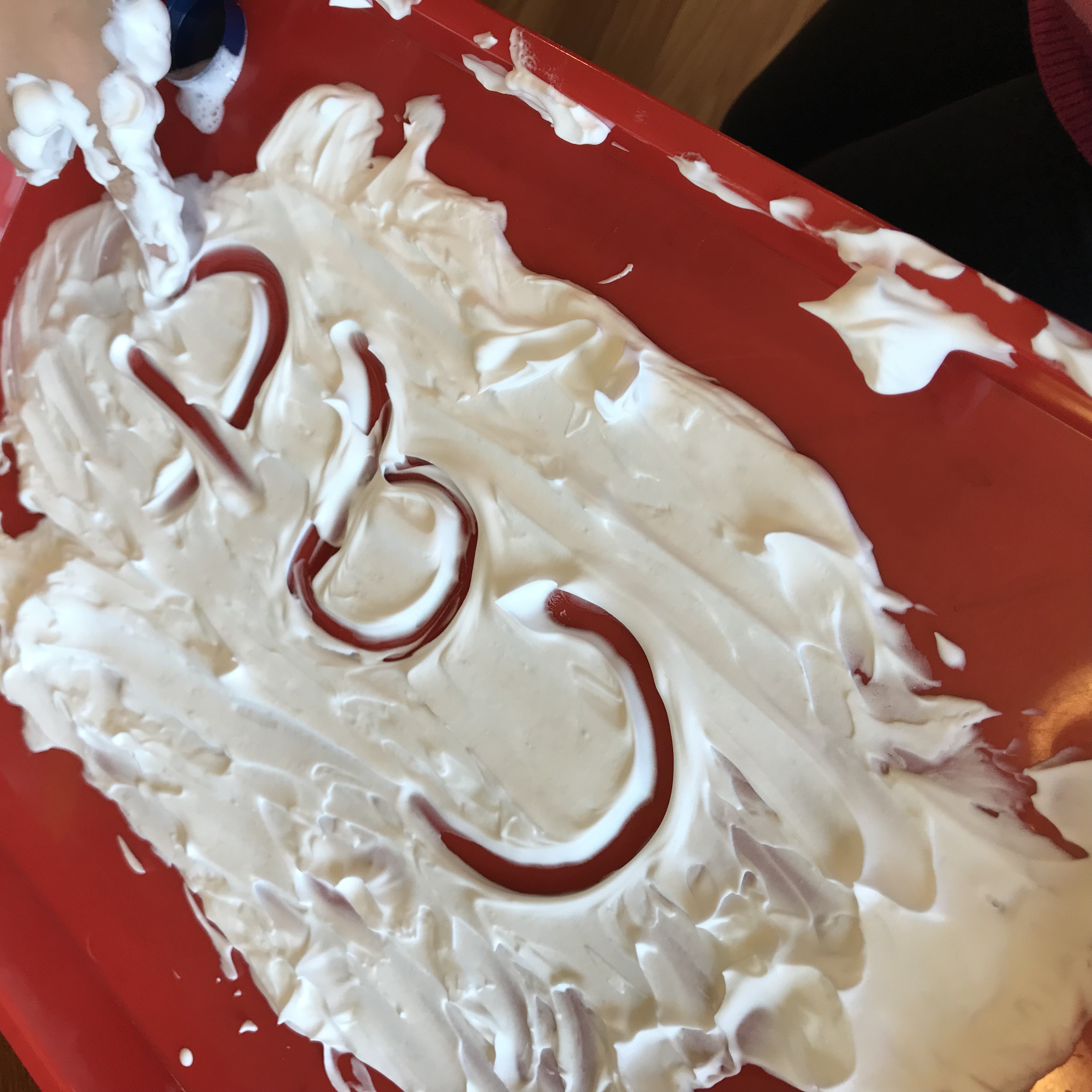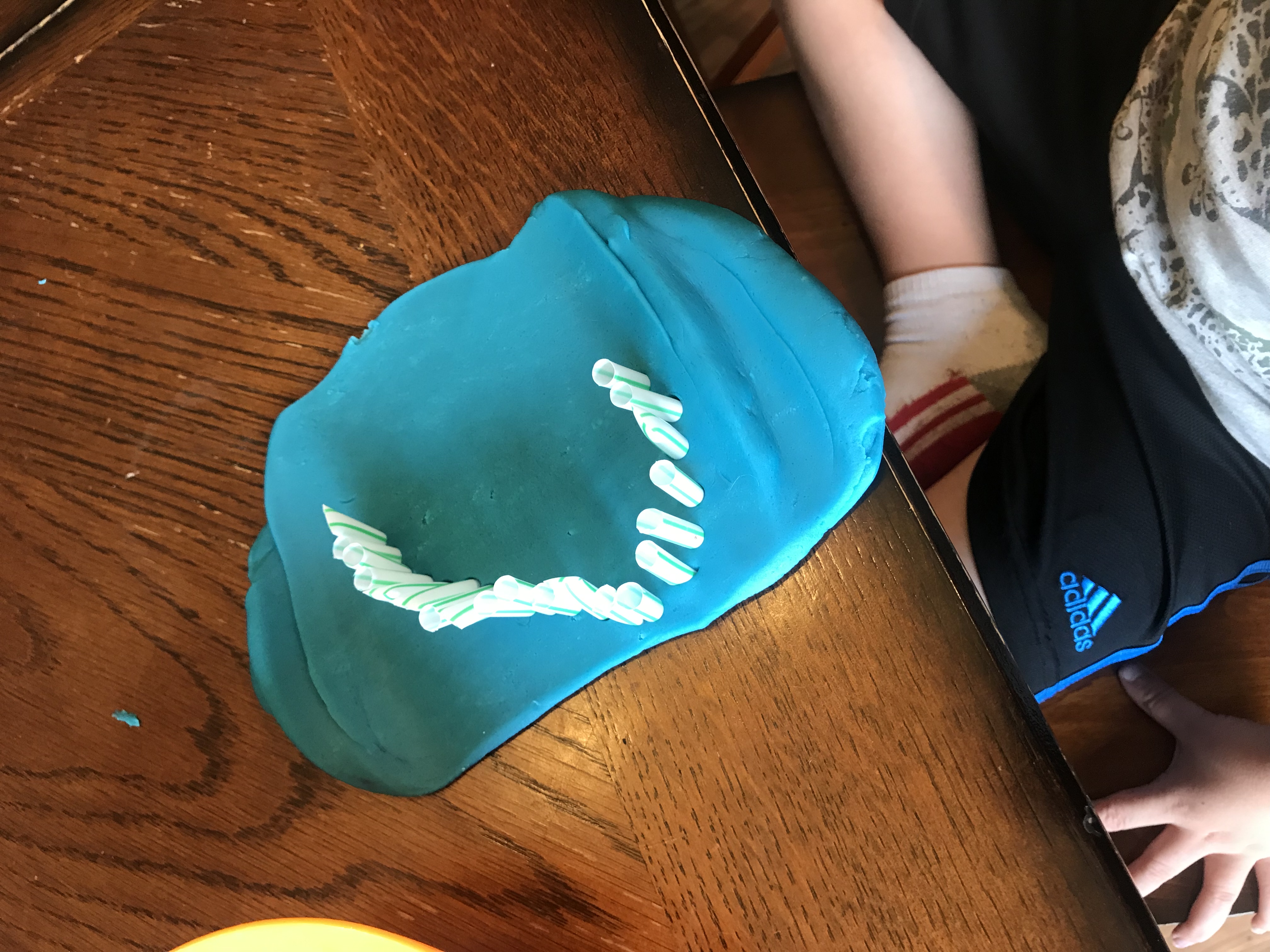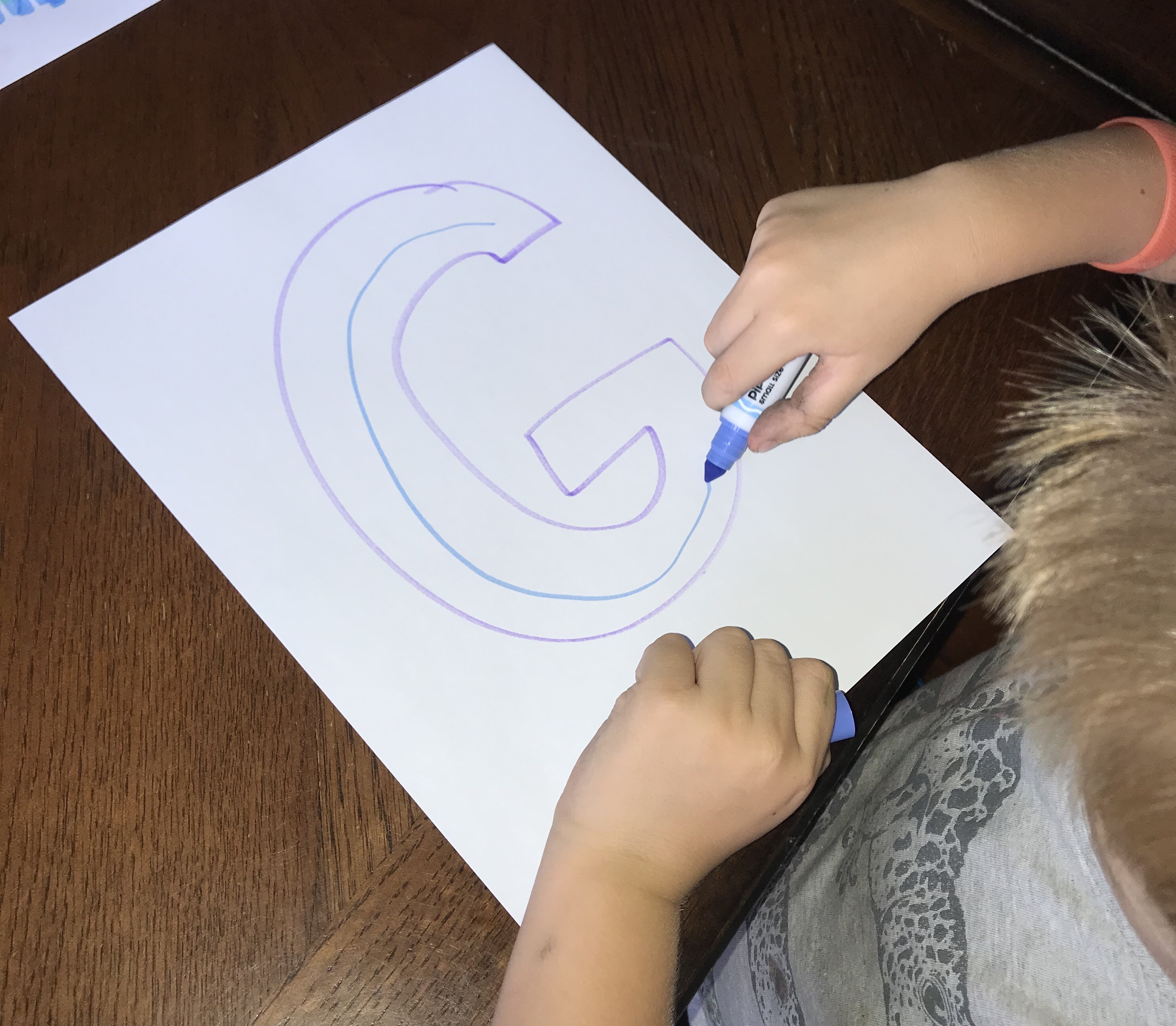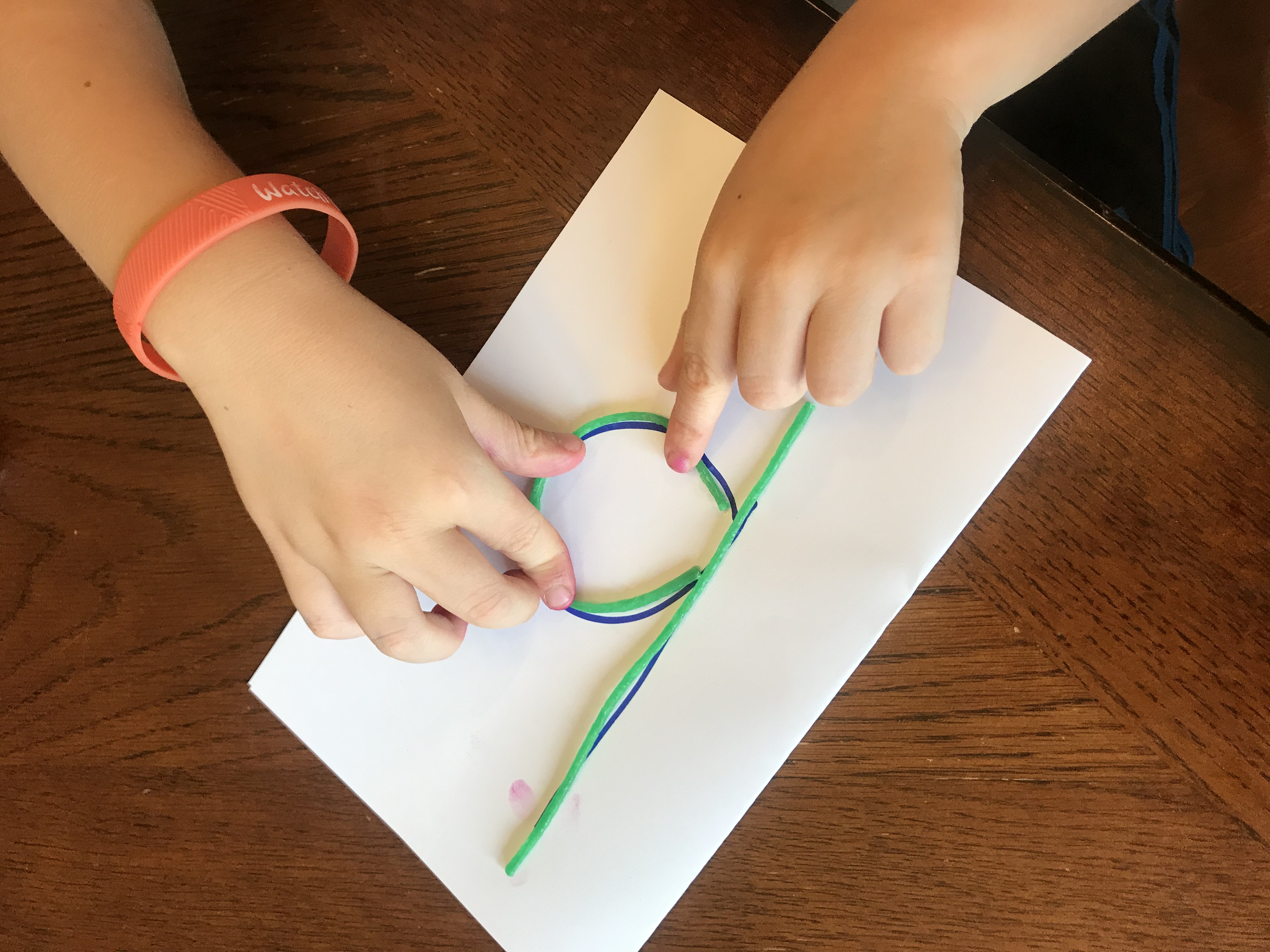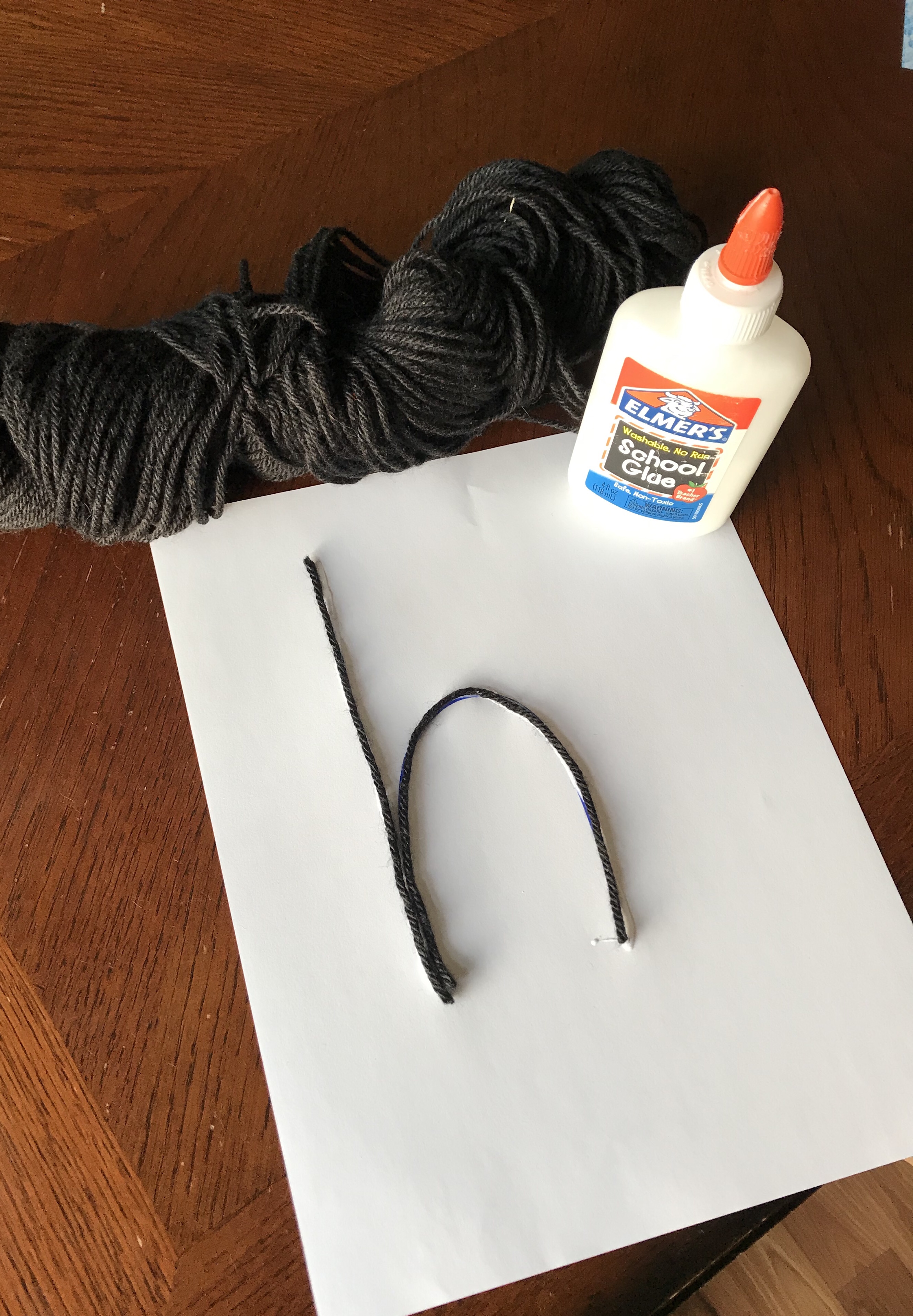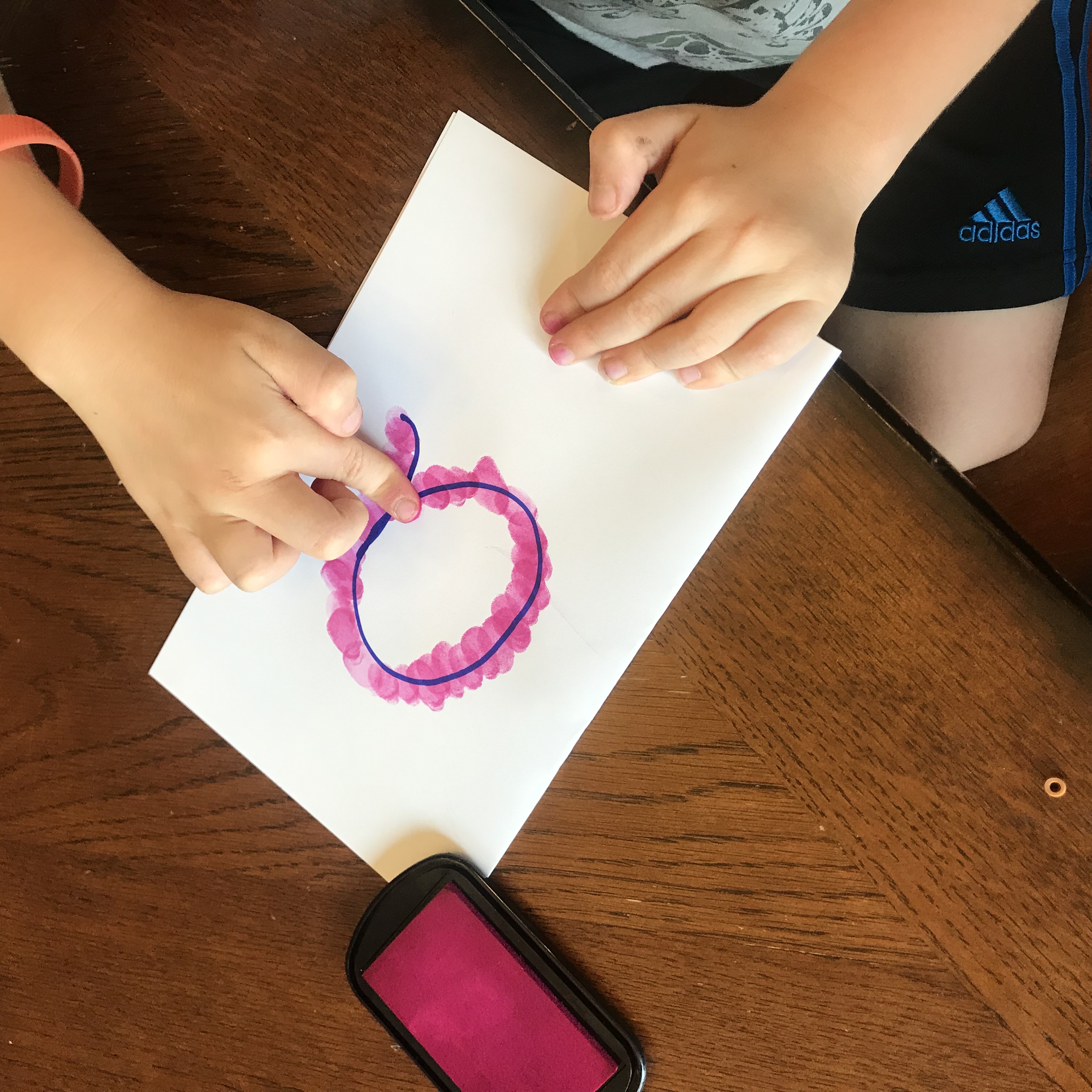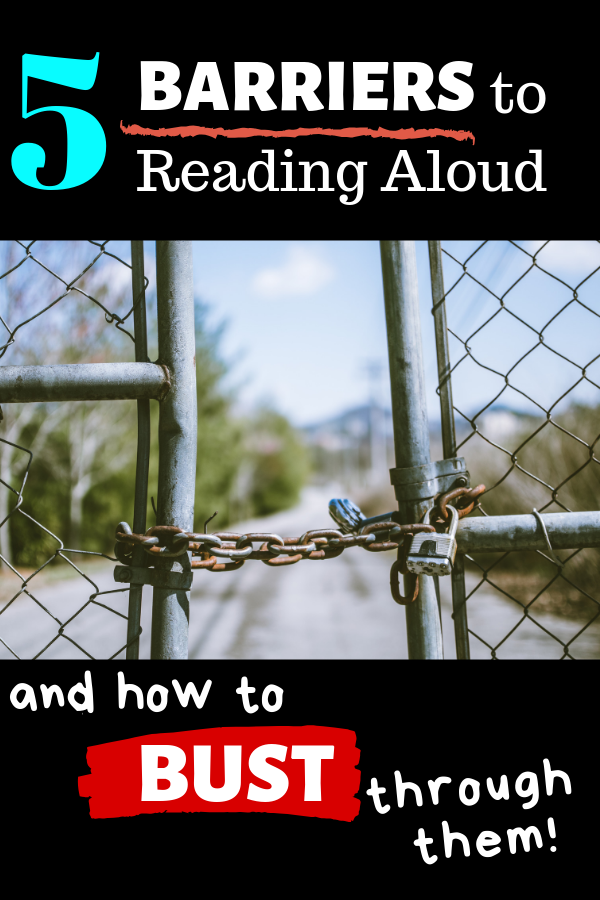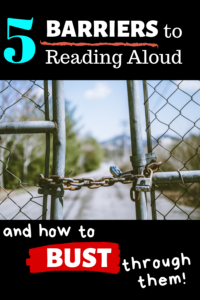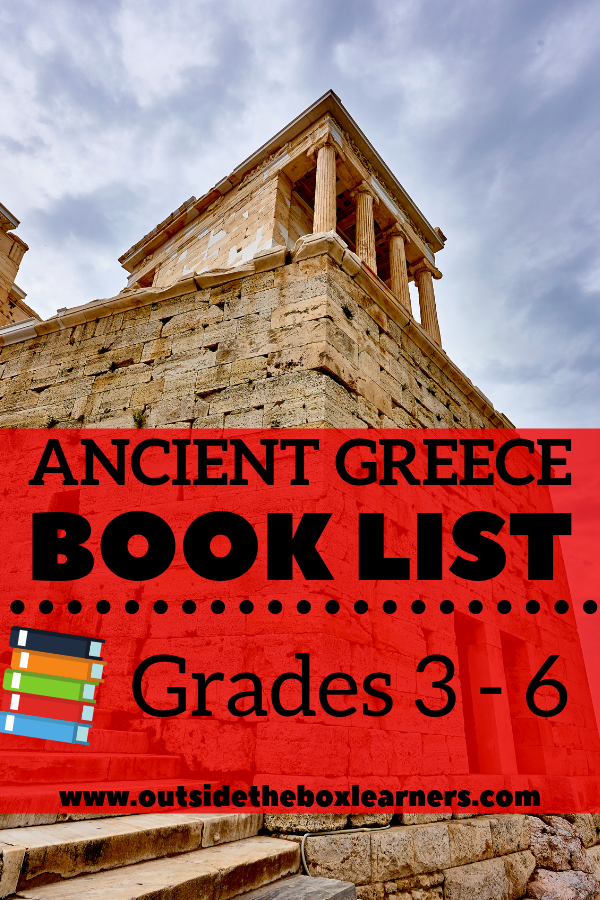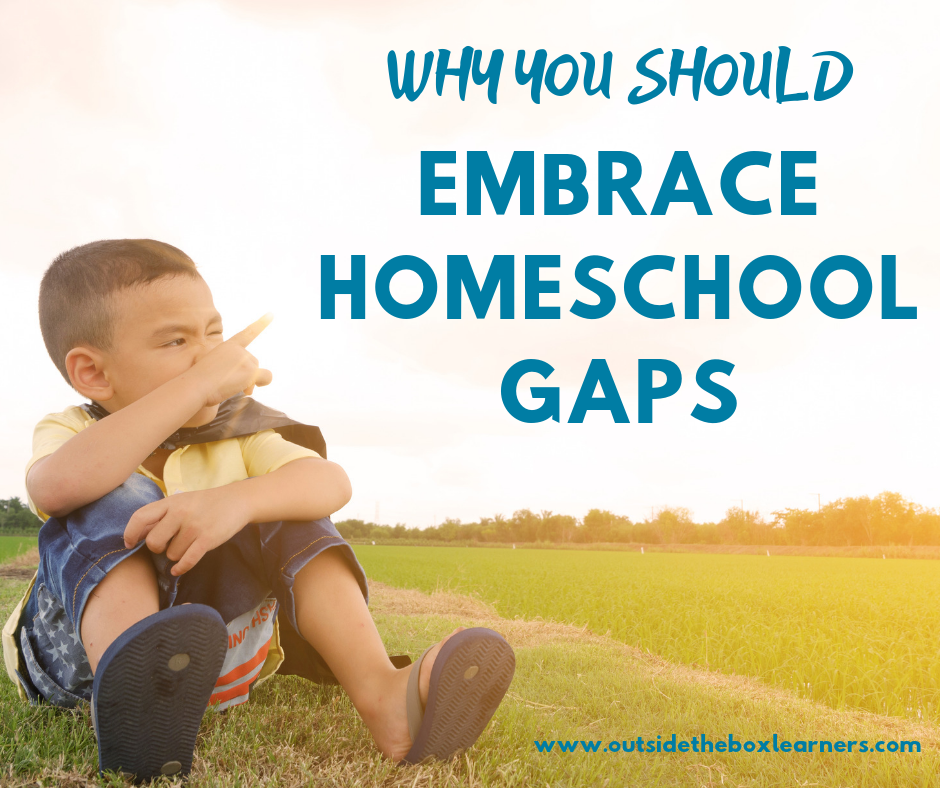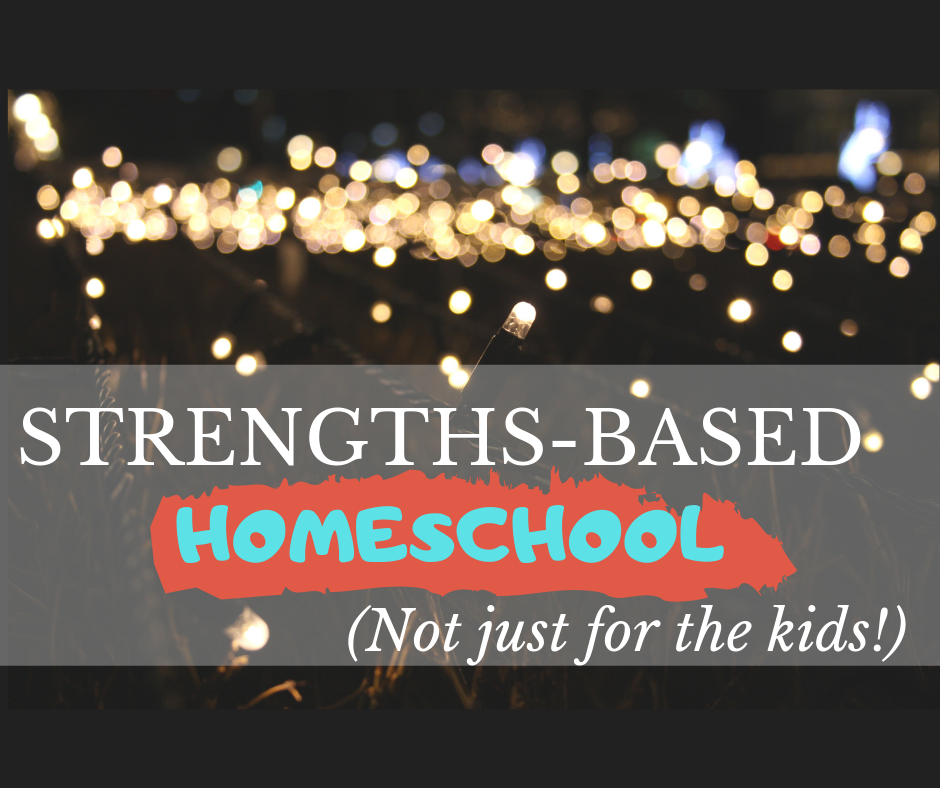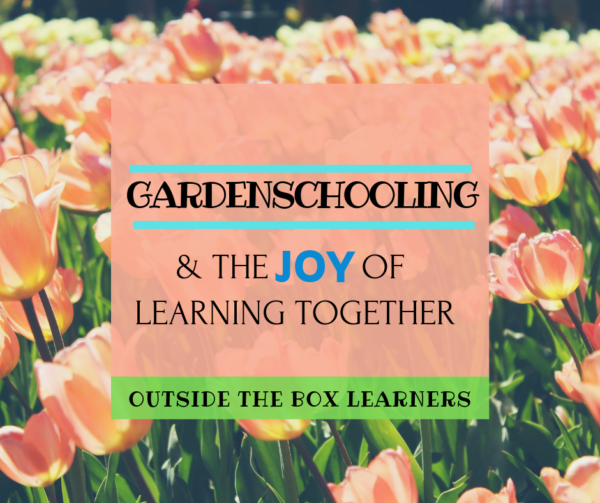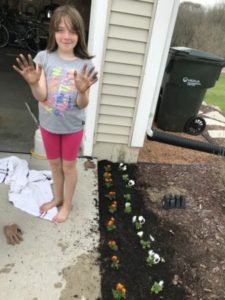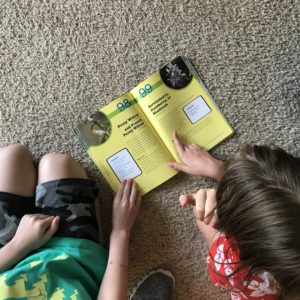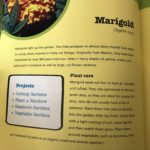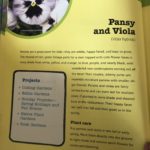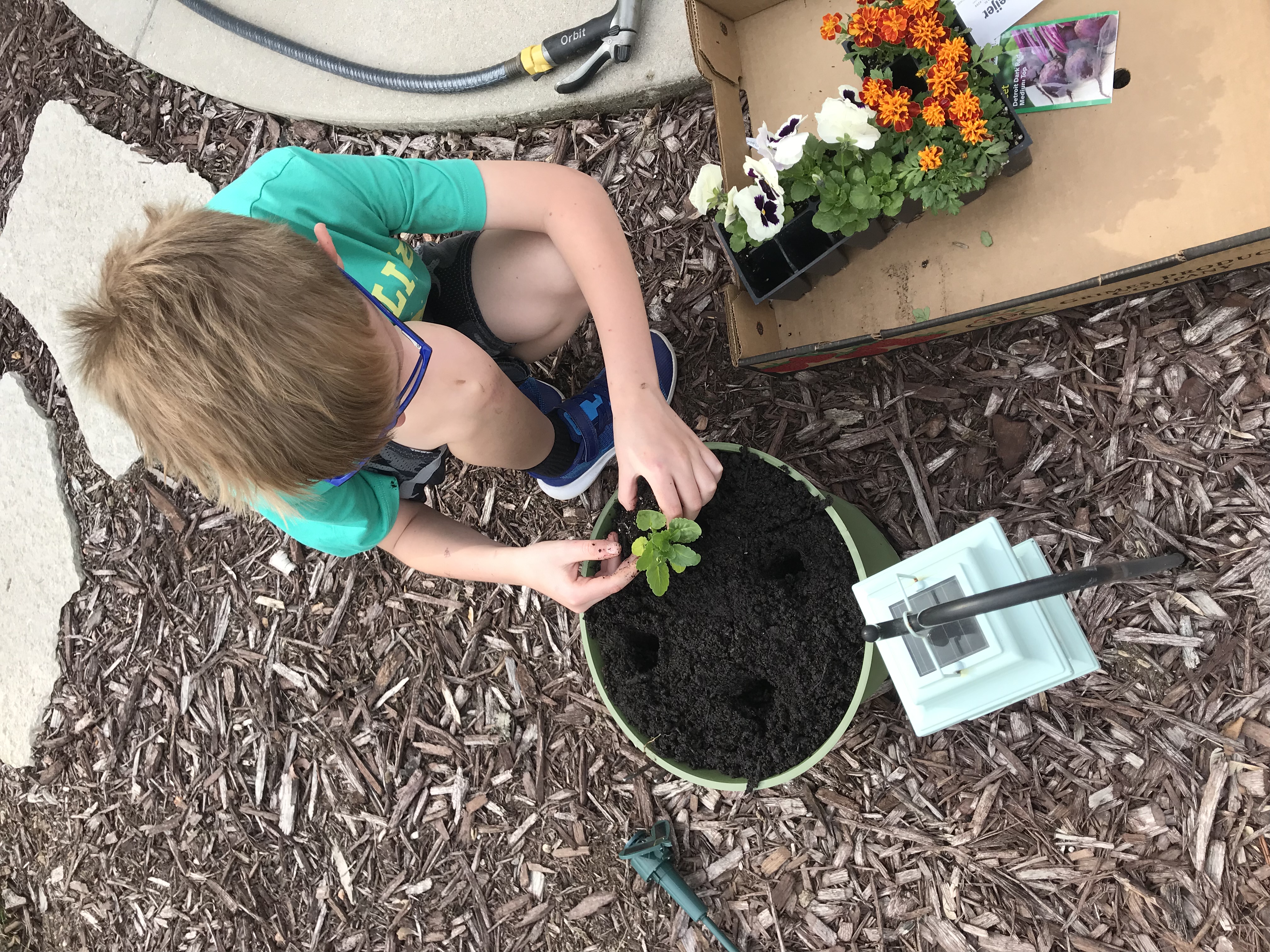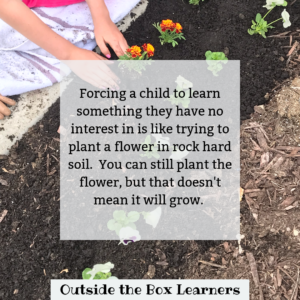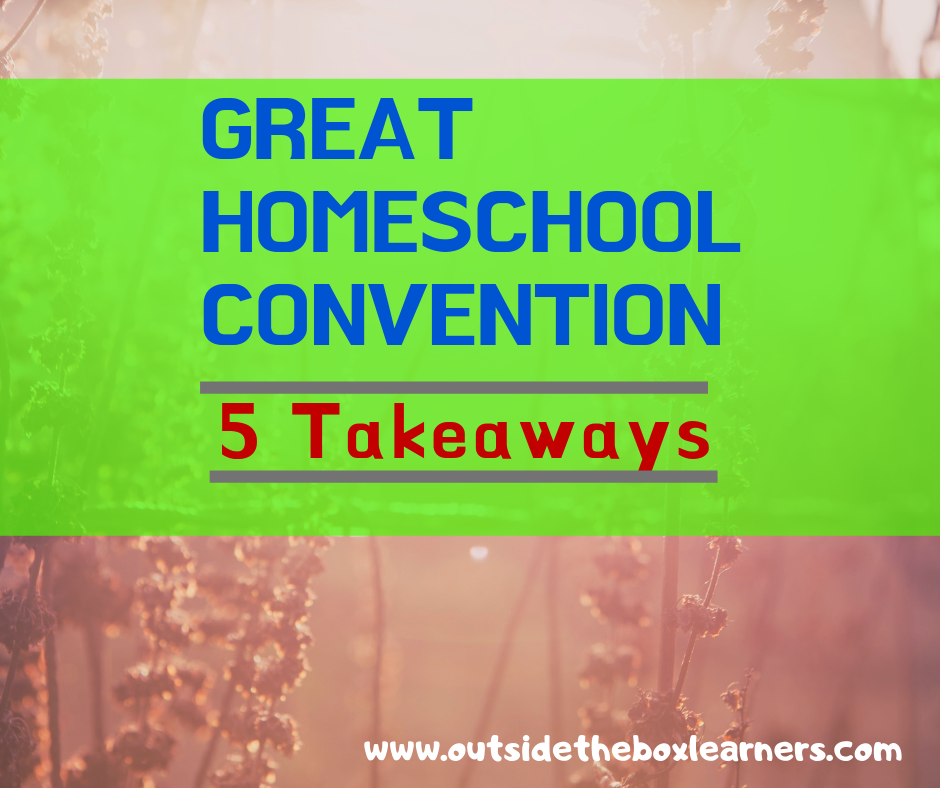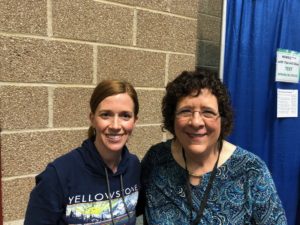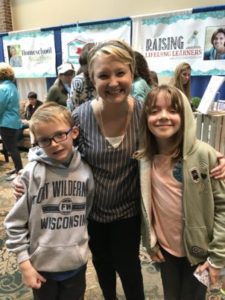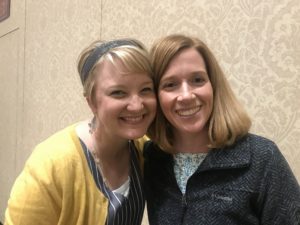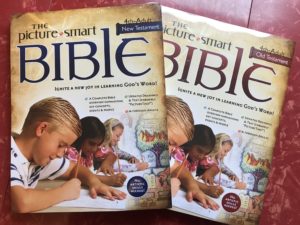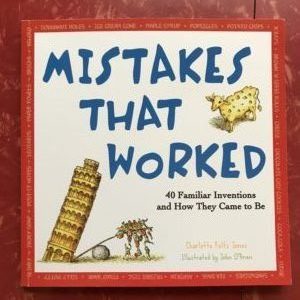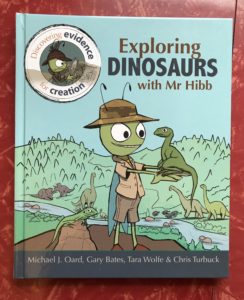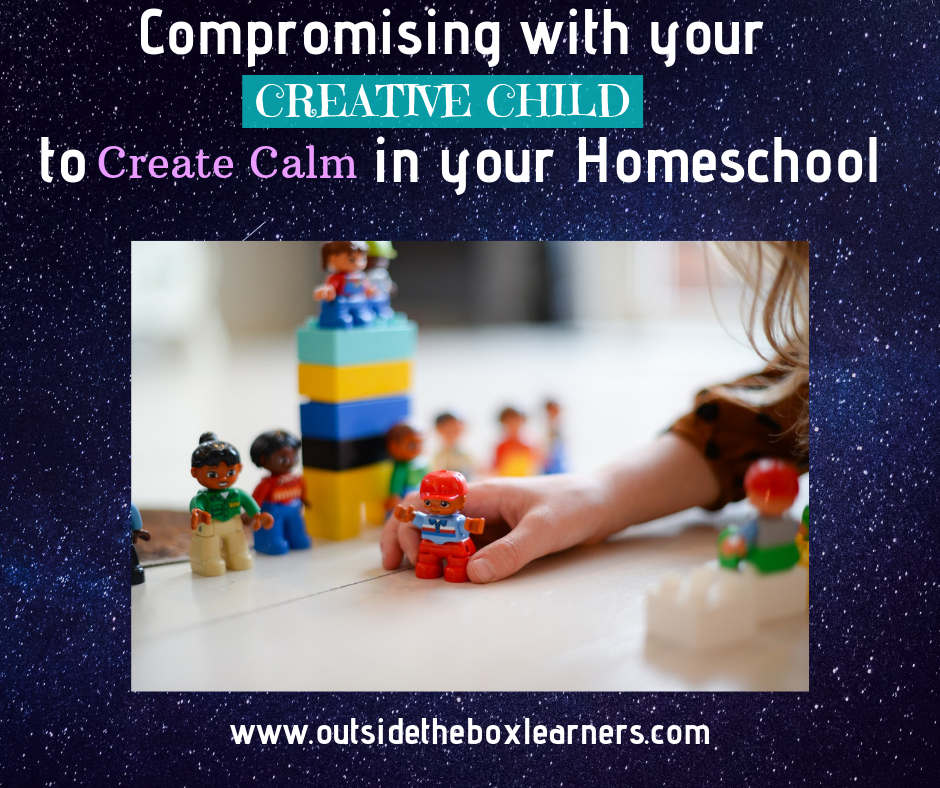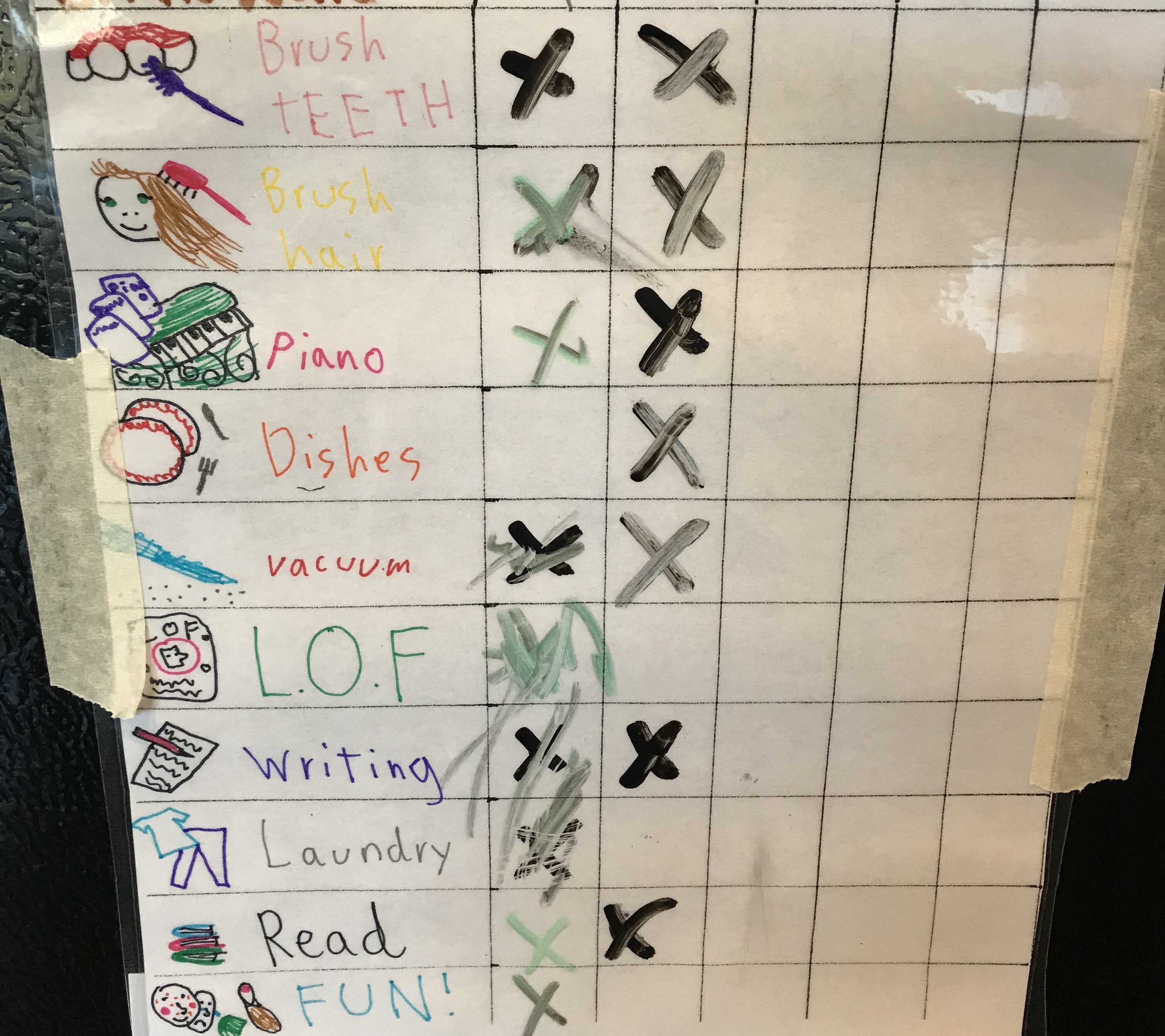We’ve studied Ancient Egypt, Ancient Greece and now Ancient Rome! We have really enjoyed diving into living books and learning about these ancient times. And I’m not sure who’s learning more – me or my kids!?
One of my absolute favorite things about homeschooling is redeeming my own education and getting to dive deep into things that I was only able to “scratch the surface” of during my time in school.
Listed below are the books we used to learn about Ancient Rome. I used these for my 9 and 11-year-old.
This blog post contains affiliate links and any purchases made through these links will result in a small commission for me (at no cost to you!)
Our “spine” books that we use for all of history:
A Child’s History of the World by Hillyer. A great overview of history.
Story of the World Volume 1 We only do SOTW on audiobook, the kids (and hubs!) just love listening to Jim Weiss.
Other books that cover Ancient history:
These are all Usborne books. We love Usborne!
The Usborne Encyclopedia of World History

Non-Fiction Books For ANcient Rome
Rotten Romans from the Horrible Histories Collection -These are bit much for my taste BUT based on the fact that my kids love it and are learning a ton in the process, I have it on the list… I have been amazed at historical facts my non-history loving daughter will spout out that we did not learn together. When I ask, “Where did you learn that?”, her response is almost always, “Horrible Histories”.
Augustus Caesar’s World by Genevieve Foster – Genevieve Foster’s books are unique because she takes the main character (Augustus Caesar in this case) and weaves all world happenings together, going into detail of what was happening in other parts of the world at that same time in history.
Historical Fiction:
Twice Freed by Patricia St. John – Based on life of the slave Onesimus from the book of Philemon in the Bible. This one was soo good!
The Runaway by Patricia St. John – set during the time of Jesus’s ministry on Earth.
Bronze Bow by Elizabeth George Speare – another one that’s during the time of Christ’s earthly ministry. We listened to this one on audiobook and finished it in just a few days because the kids enjoyed it so much! Suspenseful and descriptive.
Other books to consider:
Any of Arnold Ytreeide books including but not limited to Jotham’s Journey, Tabitha’s Travels, and Amon’s Adventure. These are meant for Christmas and Easter, but they are set in the 1st century and can tie in with both Ancient Rome and Ancient Greece.
Jenny L. Cote’s ‘The Epic Order of the Seven’ Series – I haven’t personally read these but they are books my kids LOVE. They are Christian historical fiction novels written from the point of view of animal friends. What’s not to love!
Jenny L. Cote has a passion for God, history and young people and fuses those passions together in her writing.
These four (books 3-6 of the series) specifically tie in with Ancient Rome:
The Prophet, the Shepherd, and the Star – Setting is the time of the birth of Christ.
The Roman, the Twelve and the King – Time travel happens in this story, with the animals traveling to the time of Handel writing “The Messiah” in the 1700’s and also being there for Jesus’s childhood, ministry, passion and resurrection.
The Wind, the Road and the Way – covers the resurrection of Jesus Christ through Paul’s 2nd missionary journey.
The Fire, the Revelation and the Fall – About the events in Acts, and birth of Christianity. Includes Nero’s reign and Paul’s third missionary journey.
Check out my other history book lists!
